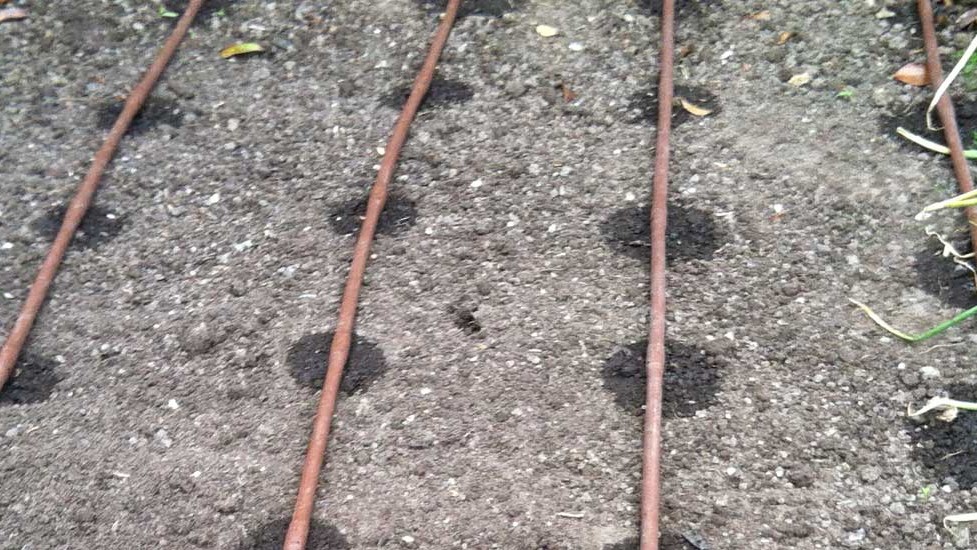There are many different ways to water your garden. The most important thing is not to over or underwater. It is easy to forget to turn off a sprinkler and this can result in thousands of litres of water being wasted. Consistently over-watering plants can be just as harmful as not giving them enough water.
How do I know when to water?
A simple test is to press your finger into the soil past your first knuckle to see if it is already damp. Hand watering can be efficient and relaxing. Try to avoid watering when it’s hot and windy. Aim to water the ground close to the base of the plants and avoid watering over the leaves. Water for longer & less often to encourage a deep root system that will make your plants more drought tolerant.
Trigger Nozzles are an easy way to switch off water as you walk between different parts of the garden when hand watering. Microsprays suit flowerbeds, ferneries and sandy soils. Be aware these sprays form a fine mist, which can evaporate before reaching the soil. This can waste a lot of water.
Drip Irrigation Systems release water slowly and efficiently. They work well for larger plants, fruit trees, shrubs, gardens on steep ground and pots. You can choose a dripper that releases 2, 4 or 8L of water per hour.
Tap timers will water your garden at a regular time and automatically switch off to avoid wastage from forgetting to turn off the sprinklers! These systems will even water your garden while you are away. A rain sensor can be added to these systems to stop it watering when it is raining.
Perforated and porous hoses allow water to be applied slowly and can be moved to hard to water places. Porous hose can be buried to supply water directly to the plants’ root zone. Great for narrow beds.
During periods of water restrictions some of these watering methods may not be allowed. Be sure to always check with your local water authority if you are unsure. Click here for a list of Australian Water Links.
Related Articles:
Busy person’s guide to watering systems for vegetable gardening
Suddenly working late / starting early, needing to go there / do that, results in "oh my god you said you would water the garden for me"…


 Take the irritation…
Take the irritation…